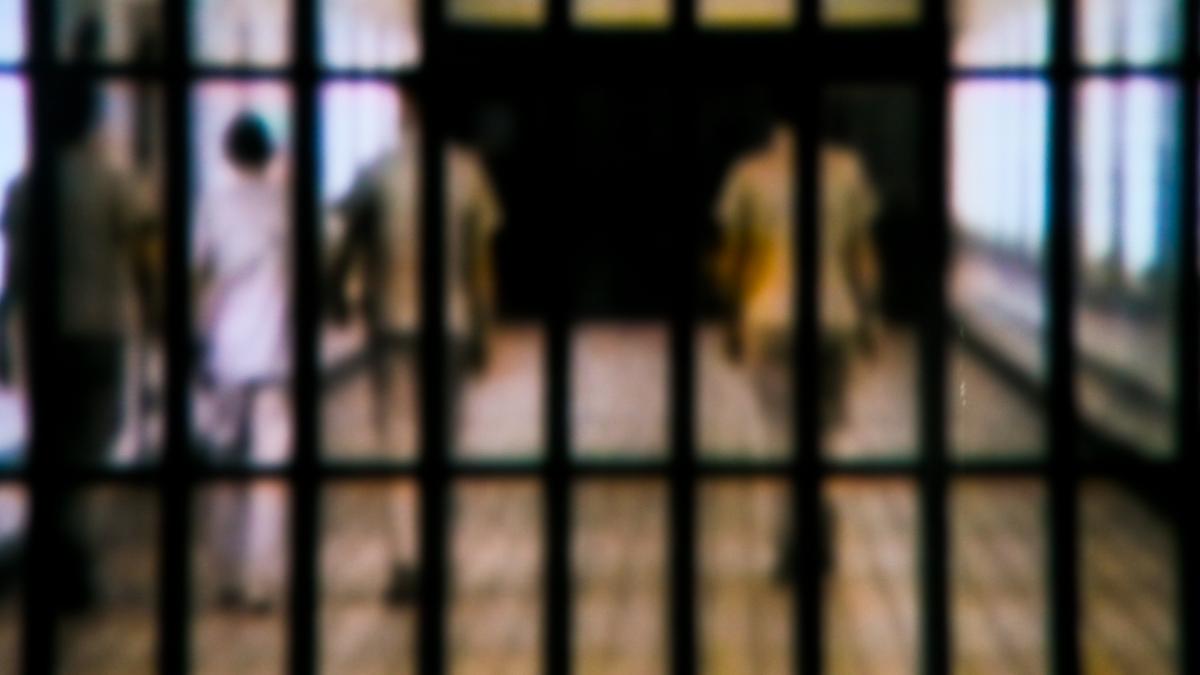Ending Discrimination in Prisons (GS Paper 2, Governance)

Context
- In a landmark judgment on October 3, 2024, the Supreme Court of India struck down discriminatory practices in Indian prisons that segregated prisoners based on caste.
- This decision was part of the case Sukanya Shantha v. Union of India, which challenged prison rules that classified prisoners and assigned them roles based on their caste identity.
- The ruling reinforced the principle of non-discrimination in the context of prisoners' rights, echoing previous judgments that invalidated arbitrary classifications in prisons.
- In response, there are calls to amend the Model Prison Manual 2016 to ensure minimum dignified living conditions for all prisoners, regardless of caste, class, or political beliefs.
Key Legal Precedents on Non-Discrimination in Prisons
The concept of non-discrimination within prisons has evolved through several important rulings:
Prem Shankar Shukla v. Delhi Administration (1980)
- In this case, the Supreme Court addressed the arbitrary distinction between ‘better class’ and ‘ordinary’ prisoners in Delhi's jails.
- Under the Punjab Police Rules, only ‘better class’ prisoners were exempted from wearing handcuffs, while others were shackled.
- The Court deemed this classification irrational, stating that economic status should not determine the treatment of prisoners, especially in matters like handcuffing.
- The classification was struck down as unconstitutional, reinforcing the idea that distinctions based on arbitrary criteria like social status were unjust.
Inacio Manuel Miranda v. State (1988)
- The Bombay High Court dealt with a case where prisoners were discriminated against in terms of their right to write letters.
- Under the Goa, Daman, and Diu Prisoners Rules, prisoners were classified as ‘Class-I’ or ‘Class-II’, with the former allowed to write four letters per month, while the latter could write only two.
- The Court found this discriminatory and a violation of prisoners' freedom of expression, further cementing the principle that all prisoners should be treated equally, regardless of arbitrary distinctions.
Sukanya Shantha v. Union of India (2024)
- The most recent and significant ruling came from the Supreme Court in the case of Sukanya Shantha.
- Here, caste-based segregation in prison labor was found to be blatantly discriminatory.
- Prisoners from marginalized castes were assigned demeaning jobs like cleaning and sweeping, based solely on their caste identity.
- This segregation perpetuated caste-based discrimination, disregarding individual abilities and preventing equal opportunities for rehabilitation.
- The Court struck down these caste-based classifications, directing that the rules be amended to ensure equal treatment for all prisoners.
The Recent Supreme Court Judgment
- The Sukanya Shantha case involved the discriminatory practice of classifying prisoners for certain labor assignments based on their caste.
- The State Prison Rules in several states had classified certain prisoners, particularly those from "marginalized castes", as being "accustomed" to performing menial tasks such as cleaning.
- This segregation not only perpetuated caste hierarchies but also denied these prisoners equal opportunities for rehabilitation, a fundamental principle of the prison system.
- The Court found that such classifications had no reasonable basis, violated the constitutional principles of equality under Articles 14 and 15, and undermined the prisoners' dignity.
- Consequently, the Court instructed the state authorities to amend such rules and ensure that prisoners are treated equally, without regard to caste or any other discriminatory classification.
The Way Forward: Ensuring Dignity and Basic Amenities in Prisons
The Sukanya Shantha decision is a critical step in dismantling caste-based discrimination in prisons, but it also brings into focus the need for broader reform in prison systems to uphold the dignity and basic rights of prisoners. One of the key suggestions for reform is the amendment of the Model Prison Manual 2016, which provides guidelines for the management and operation of prisons across India. Key recommendations for improvement include:
- Incorporating Basic Amenities: The Calcutta High Court in Gaur Narayan Chakraborty v. State of West Bengal (2012) noted that prisoners, including those classified as political prisoners, should be entitled to basic amenities such as proper bedding, writing materials, and access to newspapers and books. These facilities should not be reserved for any particular class of prisoner but extended to all, as part of their right to live with dignity. Such provisions would ensure that the classification of prisoners is based on the needs of rehabilitation, rather than arbitrary distinctions.
- Revising the Model Prison Manual: The Model Prison Manual 2016 should be amended to include provisions that ensure minimum standards of living for all prisoners, regardless of their background. This includes access to healthcare, sanitation, educational and vocational opportunities, as well as a basic level of comfort and dignity. Ensuring that all prisoners have access to these amenities will reduce the scope for class-based discrimination and promote an environment conducive to rehabilitation and reform.
- Universalizing Rehabilitation Programs: Rehabilitation should be a core focus of the prison system. All prisoners, irrespective of their caste, class, or crime, should have equal access to educational programs, skill-building opportunities, and mental health support. These programs should be tailored to enhance prisoners' abilities to reintegrate into society after serving their sentences.
- Ensuring Non-Discriminatory Treatment: Moving forward, prison authorities must actively ensure that no prisoner is subjected to discrimination on the basis of caste, economic background, or political beliefs. This includes preventing caste-based labor assignments, ensuring equality in access to prison facilities, and providing equal opportunities for personal and professional growth.
Conclusion
- The Supreme Court’s recent ruling in Sukanya Shantha serves as a landmark decision in affirming the right to equality and non-discrimination for prisoners in India.
- While the decision eliminates caste-based segregation, there is still much work to be done to ensure the overall dignity and rights of prisoners.
- Amending the Model Prison Manual 2016 to include basic amenities and rehabilitative services for all prisoners would be a major step in this direction, promoting equality and dignity for everyone within the prison system.


